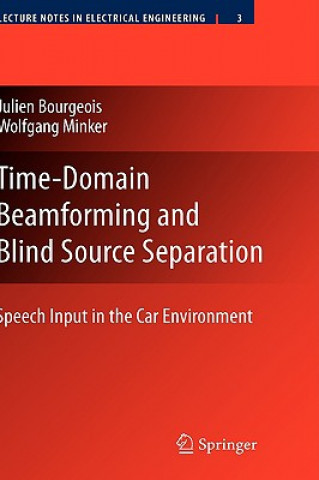
Kód: 01382302
Time-Domain Beamforming and Blind Source Separation
Autor Julien Bourgeois, Wolfgang Minker
Speech is a natural and therefore privileged communication modality. Safety and convenience issues require hands-free, eyes-free speech-based human-computer interfaces to manipulate complex functionalities and devices. For example ... celý popis
- Jazyk:
 Angličtina
Angličtina - Vazba: Pevná
- Počet stran: 225
Nakladatelství: Springer-Verlag New York Inc., 2008
- Více informací o knize

Mohlo by se vám také líbit
-

E Street Shuffle
481 Kč
Dárkový poukaz: Radost zaručena
- Darujte poukaz v libovolné hodnotě a my se postaráme o zbytek.
- Poukaz se vztahuje na celou naši nabídku.
- Elektronický poukaz vytisknete z e-mailu a můžete ihned darovat.
- Platnost poukazu je 12 měsíců od data vystavení.
Více informací o knize Time-Domain Beamforming and Blind Source Separation
Nákupem získáte 329 bodů
 Anotace knihy
Anotace knihy
Speech is a natural and therefore privileged communication modality. Safety and convenience issues require hands-free, eyes-free speech-based human-computer interfaces to manipulate complex functionalities and devices. For example, in cars, applications include entertainment, telephony as well as more advanced functions such as automatic spoken language dialog systems for in-vehicle navigation. With a seamless speech input, such interfaces bring an increased comfort but have to face several issues: degradation of the signal-to-noise ratio (SNR) at the microphone, reverberated speech signal, and, above all, the presence of interferences. The interferences, such as speech from the co-driver, can greatly hamper the performance of the speech recognition component, which is crucial for dialog applications. Especially for overlaid speech, the separation of the target speaker from the interferer represent a particular challenge.§Time-domain Beamforming and Convolutive Blind Source Separation addresses the problem of separating spontaneous multi-party speech by way of microphone arrays (beamformers) and adaptive signal processing techniques. §While existing techniques requires a Double-Talk Detector (DTD) that interrupts the adaptation when the target is active, the described method addresses the separation problem using continuous, uninterrupted adaptive algorithms. The advantage of such an approach is twofold: Firstly, the algorithm development is much simpler since no detection mechanism needs to be designed and no threshold to be tuned. Secondly, the performance can be improved due to the adaptation during periods of double-talk.§The book is organized in three parts, roughly described as follows:§The first line of attack, termed implicit beamforming, is built upon the classical supervised beamforming, i.e. it requires the position of the target speaker to be known. Using a time-varying pseudo-optimal step-size that takes over the adaptation control, a continuous adaptive algorithm is obtained. Experimentally, the performance of this algorithm appears to be sufficient if the microphones are oriented adequately. However, in general, more sophisticated Blind Source Separation (BSS) techniques are required.§In the second part, the time-domain BSS method (Buchner et al., 2005) exploiting second-order statistics of the source signals is considered. This method is based on the natural gradient and limited to square systems with an equal number of sources and microphones. Introducing the concept of partial separation, a novel approach is proposed to remove this restriction of the natural gradient. The Sylvester-based representation of the separation system allows a very concise derivation of second-order BSS algorithms in the time-domain but cannot be directly implemented. Revisiting the natural gradient in the z-domain, this implementation issue is clarified. Furthermore, the convergence and stability of BSS is discussed from a theoretical point of view, and its properties are compared to those of supervised beamforming.§Finally, combinations of beamforming and BSS are presented leading to already known, but also novel algorithms. The underlying idea is the following: if the position of the target speaker (the driver) is known in advance, a purely blind approach, which does not exploit this information, seems sub-optimal. Therefore, an emphasis is placed on the development of an algorithm that combines the benefits of both approaches. It outperforms BSS and removes the need for a DTD and allows for a continuous adaptation, even during double-talk. The book is written is a concise manner and an effort has been made such that all presented algorithms can be straightforwardly implemented by the reader. All experimental results have been obtained with real in-car microphone recordings involving simultaneous speech of the driver and the co-driver, as opposed to computer-generated simulations. Experiments with background noise have been
 Parametry knihy
Parametry knihy
Zařazení knihy Knihy v angličtině Technology, engineering, agriculture Electronics & communications engineering Communications engineering / telecommunications
3289 Kč
- Plný název: Time-Domain Beamforming and Blind Source Separation
- Podnázev: Speech Input in the Car Environment
- Autor: Julien Bourgeois, Wolfgang Minker
- Jazyk:
 Angličtina
Angličtina - Vazba: Pevná
- Počet stran: 225
- EAN: 9780387688350
- ISBN: 0387688358
- ID: 01382302
- Nakladatelství: Springer-Verlag New York Inc.
- Hmotnost: 498 g
- Rozměry: 235 × 155 × 22 mm
- Datum vydání: 01. January 2008
Oblíbené z jiného soudku
-
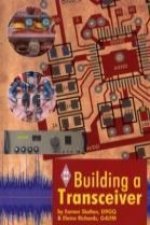
Building a Transceiver
371 Kč -
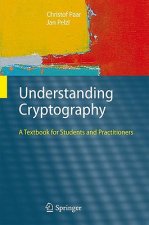
Understanding Cryptography
1252 Kč -

Audio Power Amplifier Design
2517 Kč -

International Code of Signals
424 Kč -
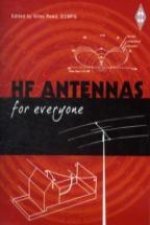
HF Antennas for Everyone
454 Kč -

Dance Music Manual
1386 Kč -

Amateur Radio Mobile Handbook
343 Kč -

Hello Girls
712 Kč -

Beyond VoIP Protocols - Understanding Voice Technology and Networking Techniques for IP Telephony
2660 Kč -
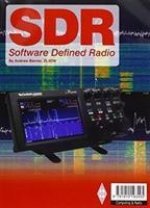
SDR Software Defined Radio
482 Kč -

Chromecast User's Manual Streaming Media Setup Guide with Ex
187 Kč -
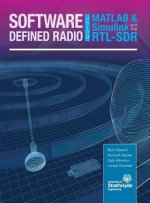
Software Defined Radio using MATLAB & Simulink and the RTL-SDR
2288 Kč -
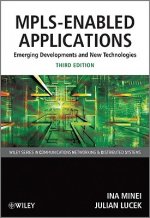
MPLS-Enabled Applications - Emerging Developments and New Technologies 3e
2016 Kč -
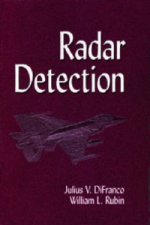
Radar Detection
4127 Kč -
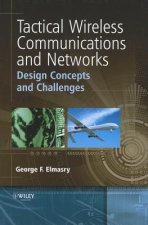
Tactical Wireless Communications and Networks - Design Concepts and Challenges
3976 Kč -

Technical Handbook for Satellite Monitoring
2021 Kč -
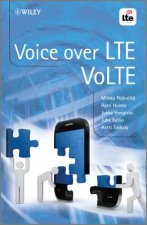
Voice over LTE - VoLTE
3432 Kč -

Antenna Theory - Analysis and Design 4e
4874 Kč -
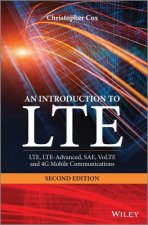
Introduction to LTE - LTE, LTE-Advanced, SAE, VoLTE and 4G Mobile Communications, 2e
2412 Kč -
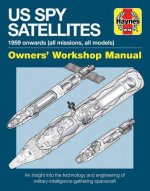
US Spy Satellite Owners' Workshop Manual
1139 Kč -

Build Your Own Transistor Radios
1485 Kč -
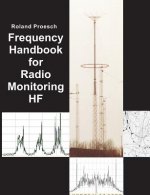
Frequency Handbook for Radio Monitoring HF
1591 Kč -
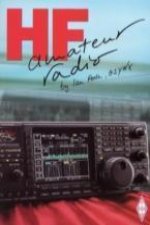
HF Amateur Radio
371 Kč -

4G, LTE-Advanced Pro and The Road to 5G
2873 Kč -
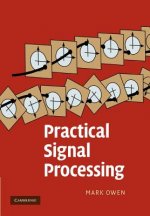
Practical Signal Processing
1374 Kč -
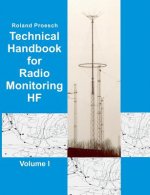
Technical Handbook for Radio Monitoring HF Volume I
1600 Kč -
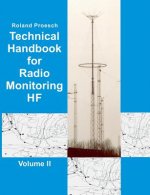
Technical Handbook for Radio Monitoring HF Volume II
1600 Kč -

Birth of British Radar
320 Kč -
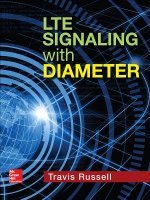
LTE Signaling with Diameter
3018 Kč -

EPC and 4G Packet Networks
2944 Kč -
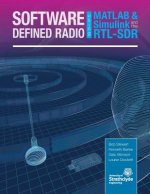
Software Defined Radio Using MATLAB & Simulink and the RTL-SDR
1759 Kč -
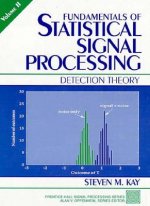
Fundamentals of Statistical Signal Processing
4885 Kč -

Radar Equations for Modern Radar
4298 Kč -

Essential Guide to Telecommunications, The
1510 Kč -
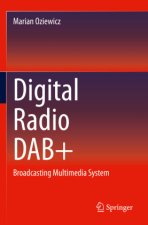
Digital Radio DAB+
2189 Kč -
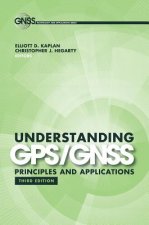
Understanding GPS/GNSS: Principles and Applications
4865 Kč -

Asterisk For Dummies
705 Kč -

Data and Computer Communications
2441 Kč -
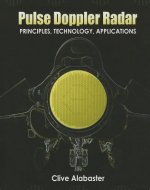
Pulse Doppler Radar
4175 Kč -

Open Radio Access Network (O-RAN) Systems Architecture and Design
3583 Kč -
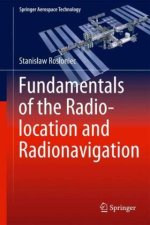
Fundamentals of the Radiolocation and Radionavigation
3819 Kč -
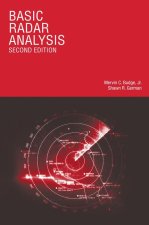
Basic Radar Analysis, Second Edition
4722 Kč -

UAV Networks and Communications
4489 Kč -
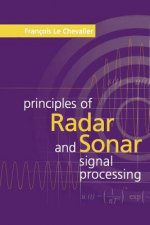
Principles of Radar and Sonar Signal Processing
4547 Kč -
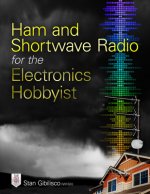
Ham and Shortwave Radio for the Electronics Hobbyist
771 Kč -
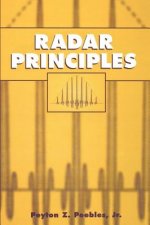
Radar Principles
8238 Kč -
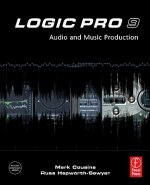
Logic Pro 9
1218 Kč -
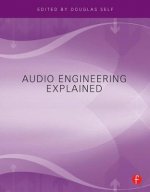
Audio Engineering Explained
1850 Kč -
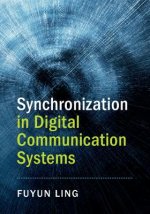
Synchronization in Digital Communication Systems
3385 Kč
Osobní odběr Praha, Brno a 12903 dalších
Copyright ©2008-24 nejlevnejsi-knihy.cz Všechna práva vyhrazenaSoukromíCookies



 Vrácení do měsíce
Vrácení do měsíce 571 999 099 (8-15.30h)
571 999 099 (8-15.30h)